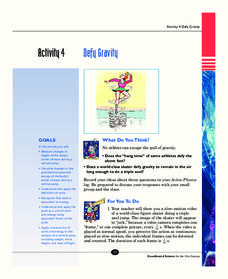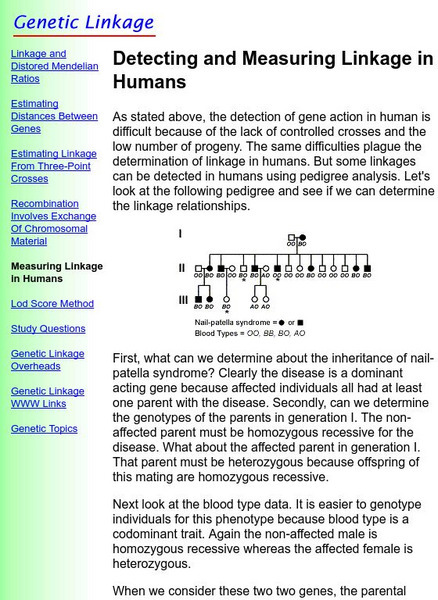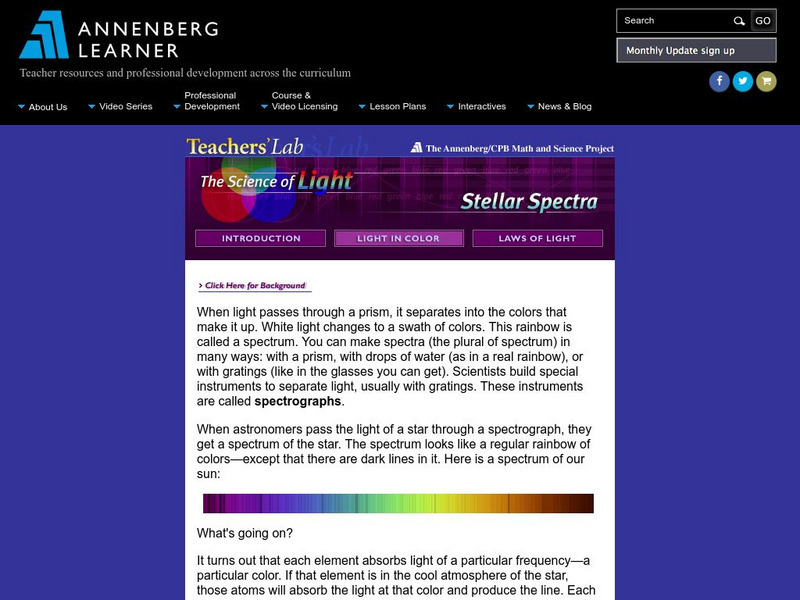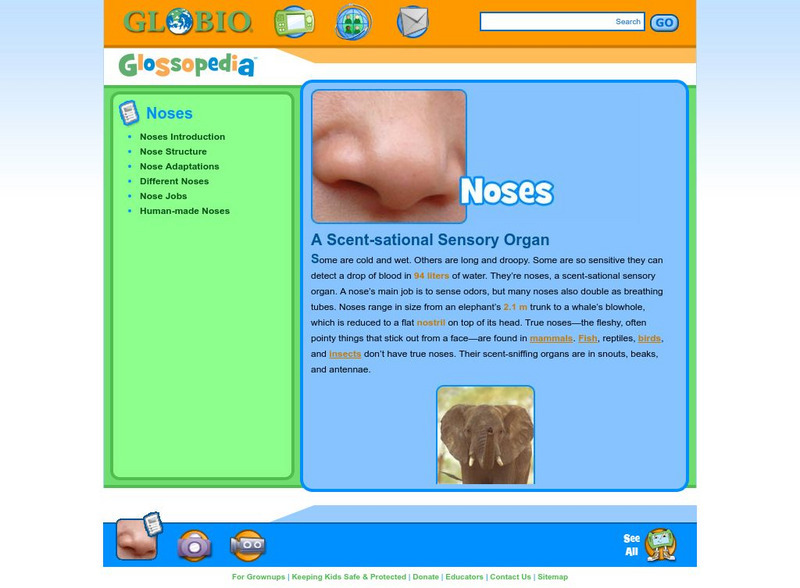Cornell University
Field Day: Be an IPM Detective
Become a pest detective! Individually or in small groups, scholars scout the land to discover which pests—plant and animal—inhabit it, determine whether the pests are endangering the environment, and summarize their findings.
International Technology Education Association
Tidy Up Those Sloppy Force Fields!
It is just magnetic. This resource presents the concept of Earth's and another planet's magnetic field and how spacecrafts detect them. Learners study a problem using magnetometers and participate in three experiments to come up with a...
TryEngineering
Solving Problems with Decision Trees
Combat crime with computers. The instructional activity teaches young computer scientists about decision trees and how to use them. They consider telecommunications subscriptions and how decision trees can help detect fraud.
Massachusetts Institute of Technology
List of Chemicals in Space
What is space made of? It turns out that there are many compounds found in space! The 10th lesson of a science series provides a list of the compounds found in space and asks young scholars to research the characteristics of these...
Lesson Plansos
Guided Reading Activities with Pizzazz
Get the most out of your guided reading lessons with this collection of literacy materials. Offering a system for using color-coded tags to mark pages while reading books, as well as an assortment of comprehension and grammar...
California Historical Society
Understanding California
Here is a beautiful handout through which learners can explore the history of California, from the earliest Europeans to visit the Golden State up through its experiences during the Great Depression and position in the modern...
It's About Time
Defy Gravity
Test the limits of gravity while encouraging full class participation with this thrilling lesson. Pupils investigate the meaning of work and how it is equivalent to energy. They explore the joule and apply it as a unit of work. They...
It's About Time
Run and Jump
Has your class wondered how fast a human could run or how high they are capable of jumping? Help them understand these concepts as they explore acceleration and use an accelerometer to make semiquantitative measurements of acceleration...
Cooking Matters
Happy Whole-idays
Take a look into how whole grains support growth, provide energy to play, and help us to stay strong with a fun-filled resource. The worksheet offers interesting food facts, an exercise in nutrition label reading, a recipe...
Teach Engineering
Quantum Dots and the Harkess Method
The Fantastic Voyage is becoming close to reality. The class reads an article on the use of nanotechnology in the medical field and participate in a discussion about what they read. The discussion method helps class members become more...
Norwich University
Seven Man-Made Engineering Wonders of the Ancient World
Imagine precisely cutting and then moving a 120 ton boulder more than two miles without mechanical cutting tolls, skid loaders, or hydraulic cranes. Imagine carving a stone figure that includes a drainage system that permits rainwater to...
Beyond Benign
Daphnia Bioassay LD50
De-icing materials may have a harmful effect on our environment; have your class perform an experiment to test the nature of these effects. Scholars monitor the survival rate of a sample of daphnia as the concentration of a de-icing...
San José State University
Avoiding Nominalization
Improve syntax with this explanatory handout. It clarifies one way to make writing more precise: avoiding nominalization. This resource provides four ways to find and change nominalization problems and 10 sentences to correct. There are...
Other
Word Detective
The Word Detective provides great information on the origin of certain words and phrases that are everyday lingo. Click on Index and chose from the alphabetical list or type the word you are looking for in the search box.
Other
North Dakota State Univ.: Detecting and Measuring Linkage
A good site to establish what is meant by gene linkage and sex-linkage.
Other
Cancer Quest: Colon and Rectal Cancer
Contains an in-depth description of the biology of colon and rectal cancer including the anatomy of the colon and rectum, risk factors, symptoms and detection, and treatments.
Symmetry Magazine
Symmetry Magazine: Explain It in 60 Seconds: Scintillators
Scintillators are materials that can be used to detect the presence of radiation and of particles. This article gives a brief explanation of them.
BiologyWise
Biology Wise: Germline Mutation vs. Somatic Mutation
Provides a comparison of germline and somatic mutations based on cause, heredity, how they are inherited, the effects they have, when they occur, the extent of the occurrence, and how they are detected. Describes examples of both types...
Other
Cern: Missing Higgs
A very brief article explaining the theorized role of the Higgs field and Higgs boson shortly after the Big Bang and the method by which scientists hope to detect the Higgs boson.
National Inventors Hall of Fame
National Inventors Hall of Fame: Helen Free: Indicator for Detecting Glucose
This site provides information on the collaboration of Alfred and Helen Free and thier medical discoveries.
Other
National Osteoporosis Foundation: What Is Osteoporosis and What Causes It?
Article presents factual and statistical information on osteoporosis can be found at this resource. It gives statistical data on the prevalence of osteoporosis in men, women, and minorities; symptoms; risk factors; how osteoporosis is...
Other
Shigella: About
Very informative site! Includes a history of the bacteria shigella and how it was discovered. Also, symptoms, risks, detection, treatment, causes and information about recent outbreaks.
Annenberg Foundation
Annenberg Learner: Stellar Spectra
When the light of a star passes through a spectrograph, elements of that star reveal a specific signature. Compare the spectra of four elements and a star to identify which elements you can detect in the star's atmospere.
Globio
Glossopedia: Noses
Some are cold and wet. Others are long and droopy. Some are so sensitive they can detect a drop of blood in 94 liters of water. They're noses, a scent-sational sensory organ.




















